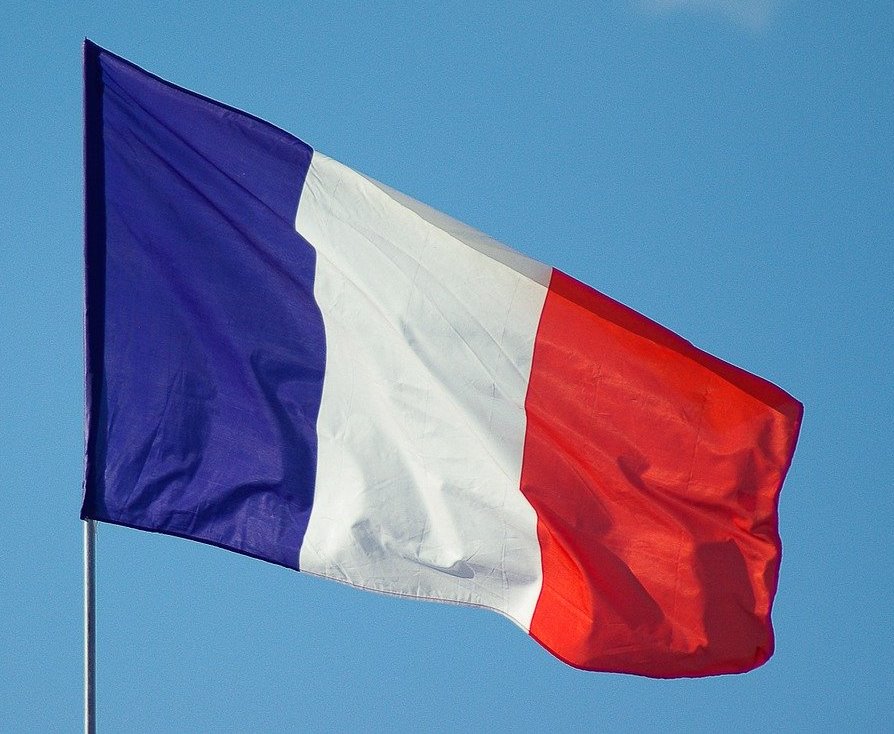
The French Incinerator Connection
A visit to the Louvre museum in Paris, an unscheduled meeting with a very large French oil & gas company, a deal with one of the largest EPC contractors for a Russian oil giant, leading to a contract for incinerator supply to Iraq. All these seemingly unconnected events appear more like the opening scene from a Hollywood movie!
It was actually like this. One of our senior executives was on holiday in France. On that particular day, he was at the Louvre museum, admiring the Mona Lisa, the most famous work of Leonardo da Vinci, when he was contacted by our India office to get in touch with a large EPC company in France, located at Nation, a Paris Metro station, on the outskirts of Paris.
Before we go to the Metro station, let us take a break and talk about Leonardo da Vinci and the French Renaissance.
Between the 15th and 17th centuries, there was a cultural and artistic movement which came to be known as the French Renaissance. The period is associated with the Pan-European Renaissance, a word used to define the artistic and cultural rebirth of Europe.
In the late 15th century, the French invasion of Italy brought the French into contact with the creative spirit of the Northern Italian Renaissance, and the initial artistic changes in France were often carried out by Italian and Flemish artists.
Beginning in the mid-seventeenth century and until the French Revolution, numerous talents born in Northern or Central Italy were driven to leave their country to pursue their professions in other European states. There were many Italian artists, painters and sculptors who moved to Paris at this tie.
Leonardo, born 1452, Italian painter, sculptor, architect, and engineer whose genius, perhaps more than that of any other figure, epitomized the Renaissance humanist ideal. His `Last supper and Mona Lisa` are among the most widely popular and influential paintings of the Renaissance. Although Mona Lisa, was painted in Italy, it was brought to Paris and exhibited in the Louvre. He himself lived in France only for a few years.
One needs more than a couple of days to enjoy the walk thru the Louvre.
Let us leave the Louvre and go to the EPC company. The concerned person was contacted on phone and an appointment fixed for the next day.
During the meeting, a presentation was made to their team about our infrastructure, past installations (particularly oil & gas), etc. We specifically mentioned our own oil & gas installations like Reliance and Cairn projects in India and the Hyundai project in Myanmar.
There was no further communication from them, until one fine day we received an RFQ from Abu Dhabi. An EPC company there now got the entire contract from a Russian oil & gas giant, for their project in Iraq. We noticed the EPC company had mentioned Haat as the preferred brand in the specifications for incinerator.
The technical and commercial offer was made to Petrofac and we were taking things easy, thinking that the contract was in the bag, until one day there was a call from the buyer. He told us that they would have gone ahead with our offer, but for the fact a European manufacturer has quoted a lower price! This was quite surprising because we never imagined European incinerator makers trying to compete with Indian companies, instead of the other way round.
However, the buyer was still in our favour and so we did a few changes and cut costs to make it attractive.
The incinerator, which was skid-mounted, was a PDR model and it was made and delivered on time to Abu Dhabi.
None of our commissioning engineers could go to Iraq for commissioning and we helped Petrofac to do this by video calls and telephone calls.
We learnt subsequently that this installation in Iraq is only 5 km away from our installation in Iran across the international border!


